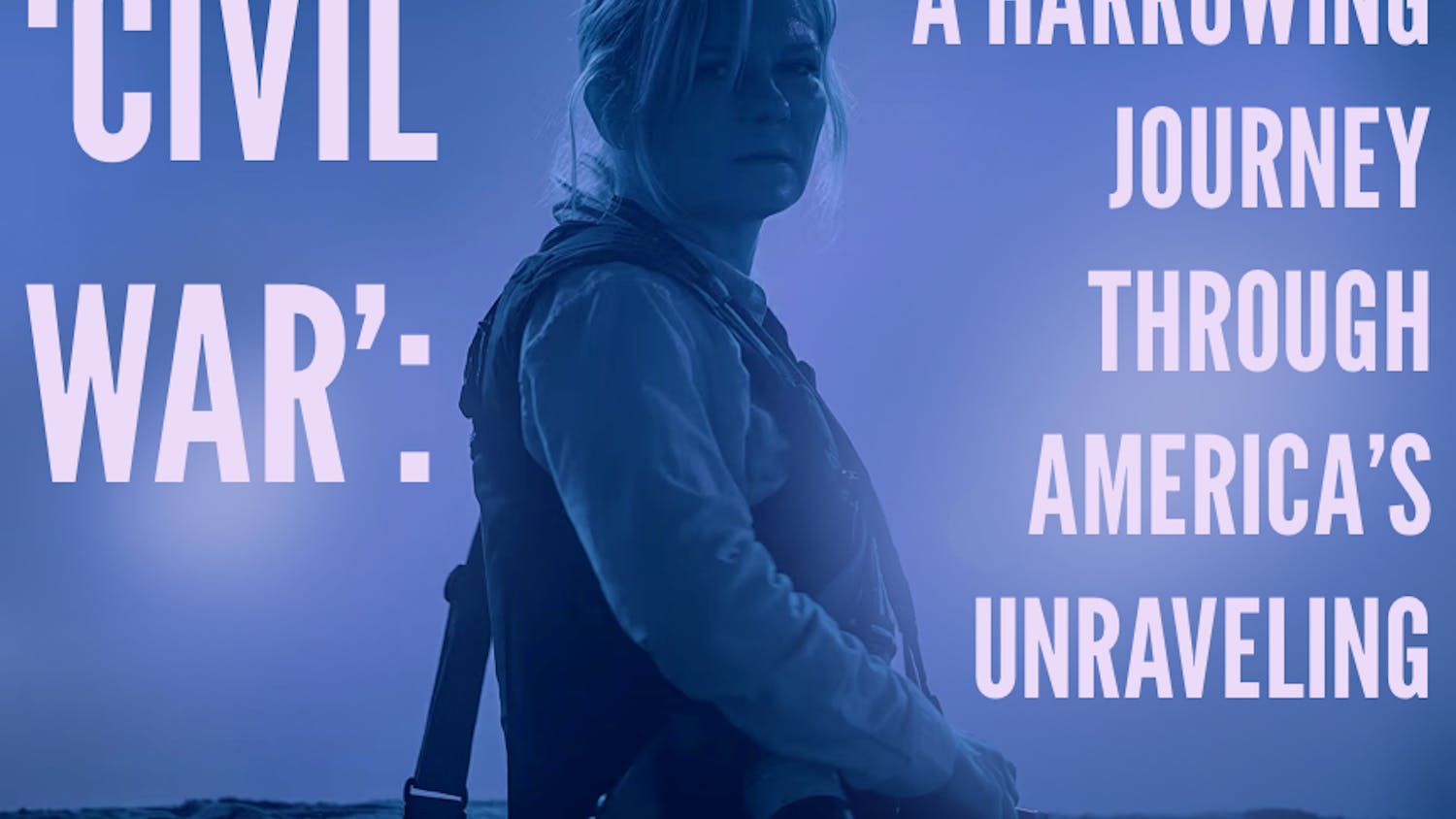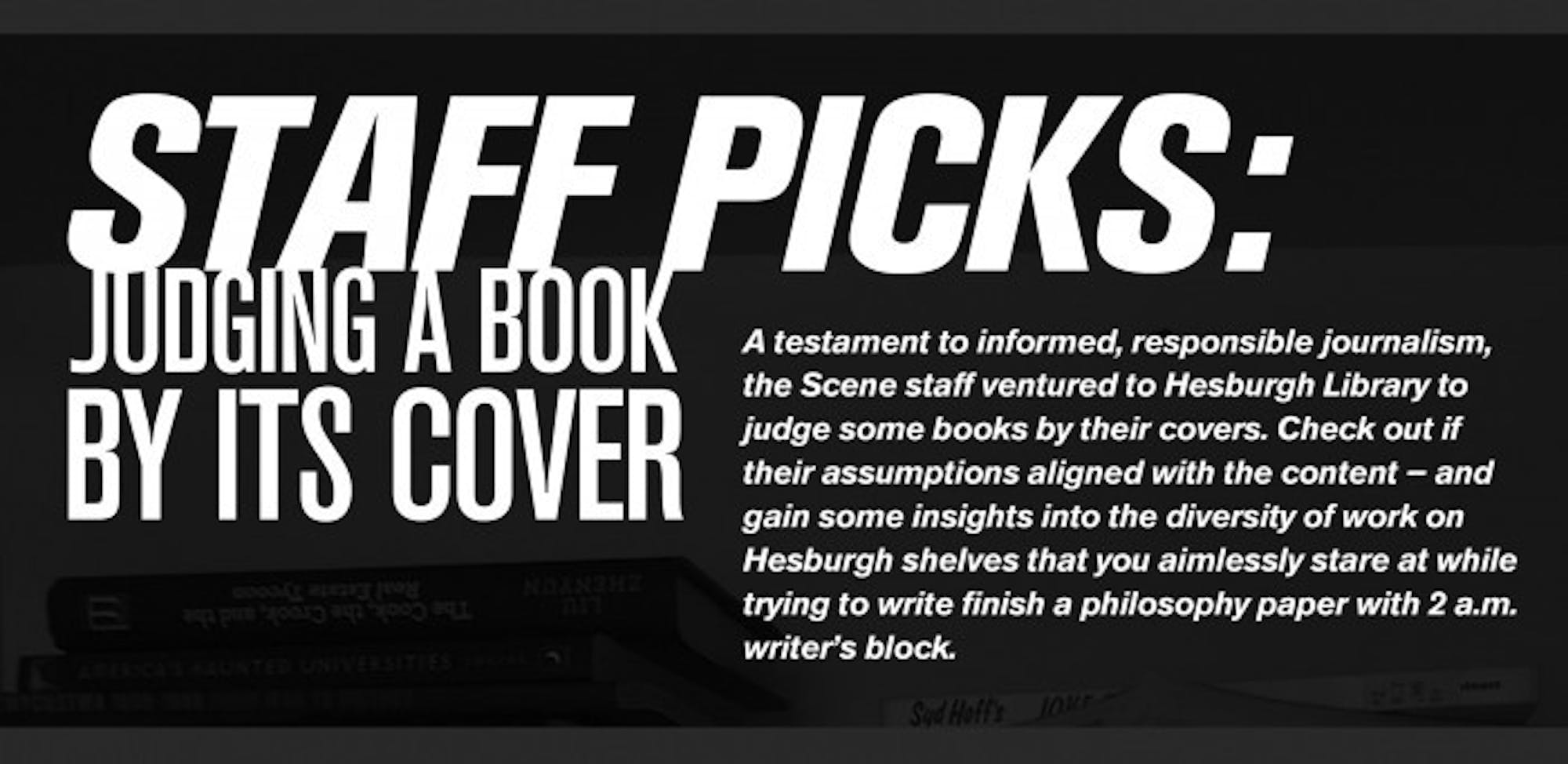
A testament to informed, responsible journalism, the Scene staff ventured to Hesburgh Library to judge some books by their covers. Check out if their assumptions aligned with the content — and gain some insights into the diversity of work on Hesburgh shelves that you aimlessly stare at while trying to write finish a philosophy paper with 2 a.m. writer’s block.
Erin McAuliffe — “The Adventures of Baron Munchausen”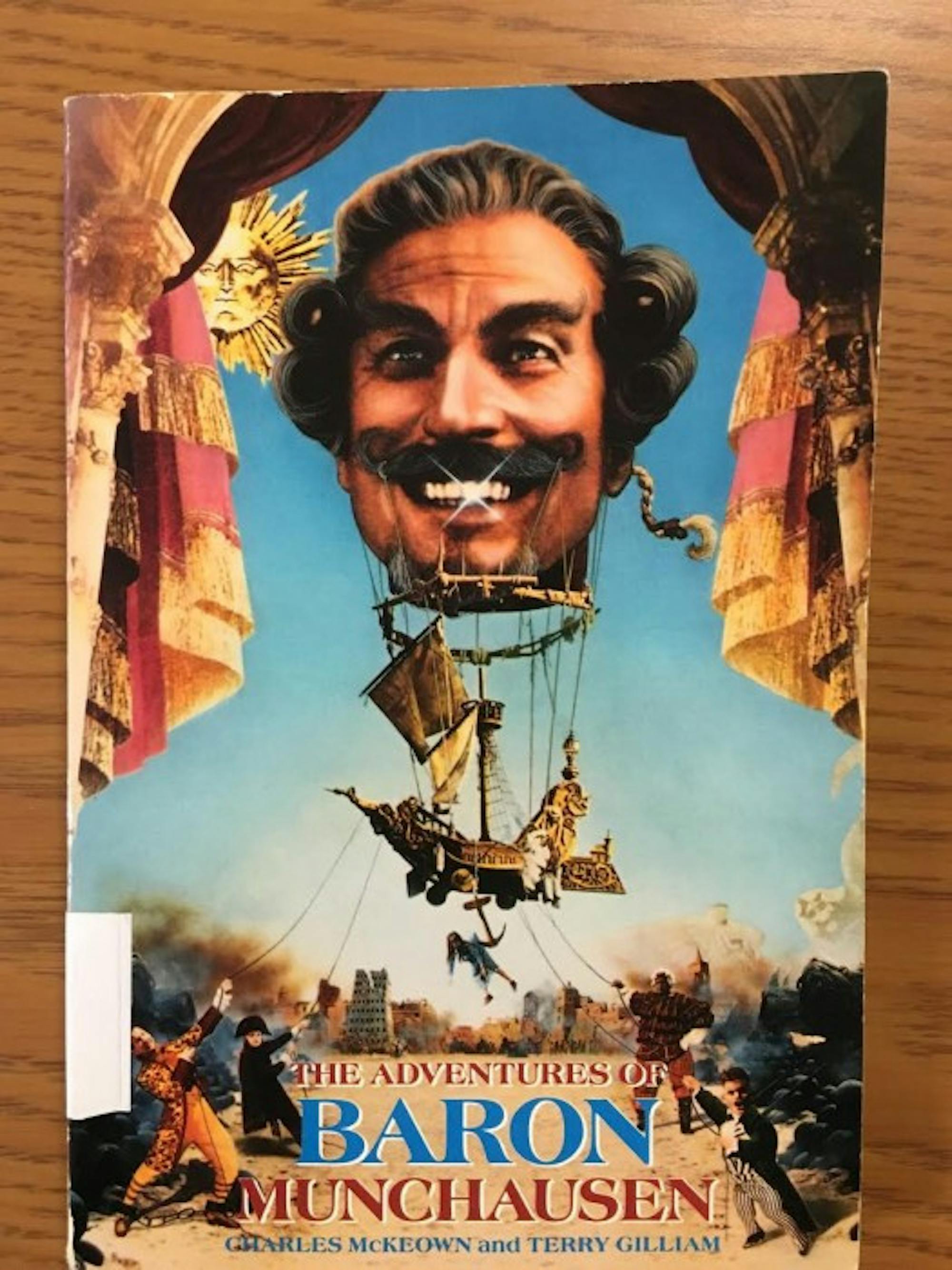
Judgment: Both the giant hot air balloon head and title draw comparisons to Sacha Baron Cohen. Also, this book is a screenplay. These things considered, I am pretty sure I found one of Cohen’s long-lost characters. From the blonde braided rattail in contrast to his gray rolled wig, the photoshopped tooth twinkle and the ship hanging from the handlebars of his mustache, this head was made for Cohen.
Supporting characters include the girl in a blue nightgown hanging from the ship’s anchor (serious “Shining” vibes), the little person in Beetlejuice stripes and the guy in a Ronald McDonald suit with chains around his ankles.
The multitude of cannonballs, various wartime costumes and the city up in smoke in the background portray the book’s central conflict: war. However, the floating head balloon, the golden sun idol and the curtains that frame the scene add an air of surreal absurdity, again convincing me that Cohen misplaced this screenplay while visiting the ninth floor of Hesburgh.
Reality: This is a screenplay to a “British adventure fantasy film” based on Baron Munchausen’s wartime exploits against the 18th century Ottoman Empire. The film starred Uma Thurman (“Pulp Fiction”) and was critically acclaimed but tanked at the box office.
On the back cover, the screenplay is touted as “Wondrous!” by Playboy and “A weekend with nine Friday nights!” by Harlan Ellison. There are also comparisons to “The Wizard of Oz,” “Star Wars,” “The Thief of Bagdad” and “Pinocchio.” The movie, released in 1989, sits at 92 percent on Rotten Tomatoes.
Augie Collins – “Ubik”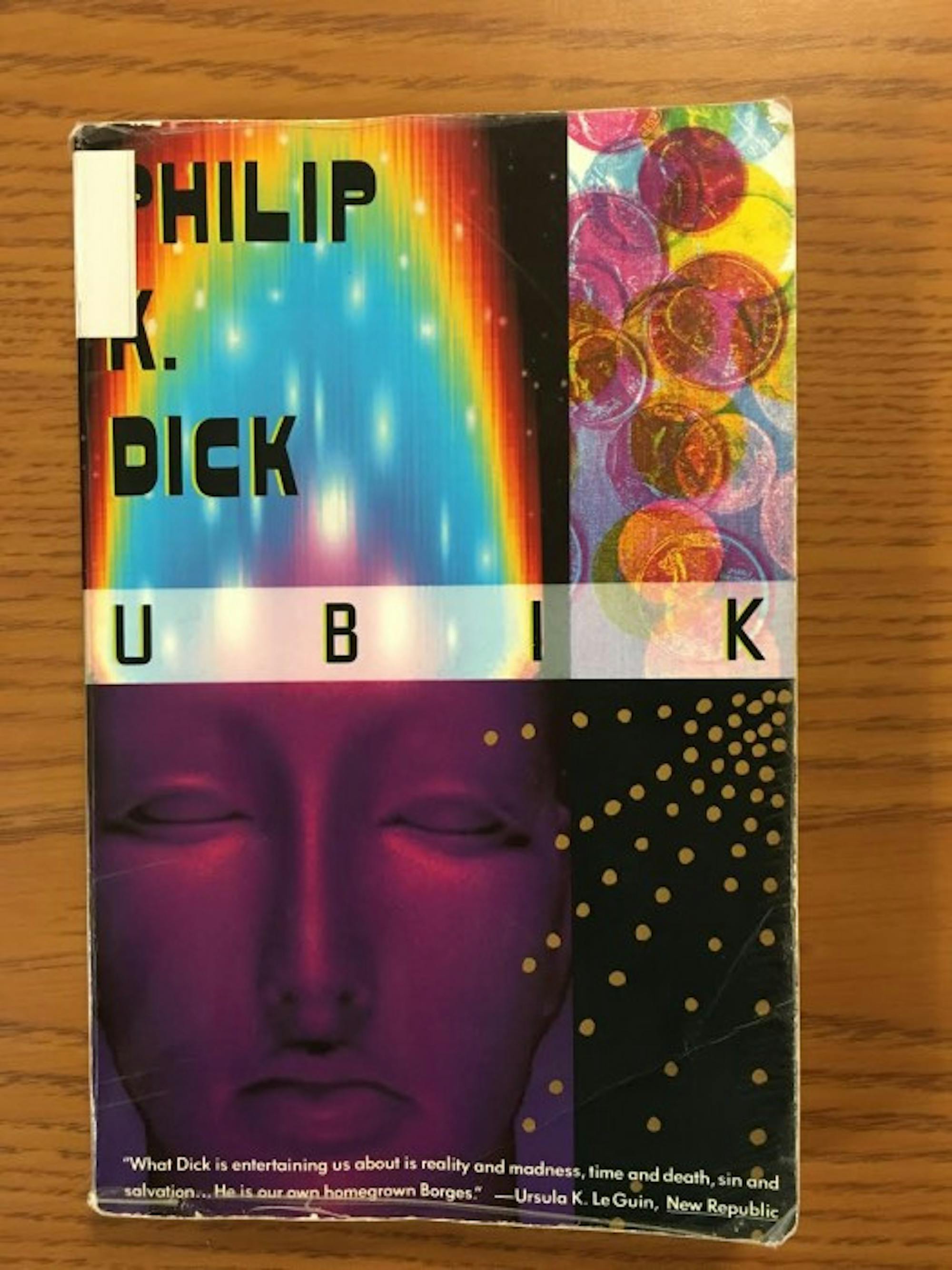
Judgment: This novel is the spiritual successor to the critically-acclaimed “Animorphs” series, though it did not receive quite the same amount of praise from the Animorphs cult following as its predecessors. Living in a futuristic world where humans have developed the ability to see in the infrared, and citizens still dress as if they were modeling for a 1990s health book photo shoot, we follow the life of a purple Martian who has recently emigrated to Earth.
Lauded for his ability to solve complex math equations in the blink of an eye, the Martian man is quickly recruited to do a bit of nitty-gritty work for the government. Alas, the Martian feels a deep seated unrest as he believes that what he is doing may indeed be wrong. This cracks open a whole new can of worms as the reader is forced to wrestle with many of their previously conceived notions, incessantly asking themselves the question: Do Martians have a sense of morality?
While this piece may come off as a light-hearted work of fiction about a lonely Martian searching for a place to belong, readers will have to hold on to their shorts as they are thrown through a spin cycle that sees them questioning even their own superego.
Reality: It turns out that “Ubik,” written by Philip K. Dick, is a very famous novel — deemed one of the greatest 100 novels since 1923 by “Time” magazine. It covers the tale of a man who works in the future (where people frequently travel to the moon) for a company that employs people who are able to block psychic powers, in order to enforce privacy. The novel’s main plot line stems from a business trip gone wrong.
Though it will not have you questioning everything that you believe, critic Lev Grossman, in his review for “Time,” described it as “a deeply unsettling existential horror story, a nightmare you’ll never be sure you've woken up from.”
Adam Ramos — “Book of Jokes” 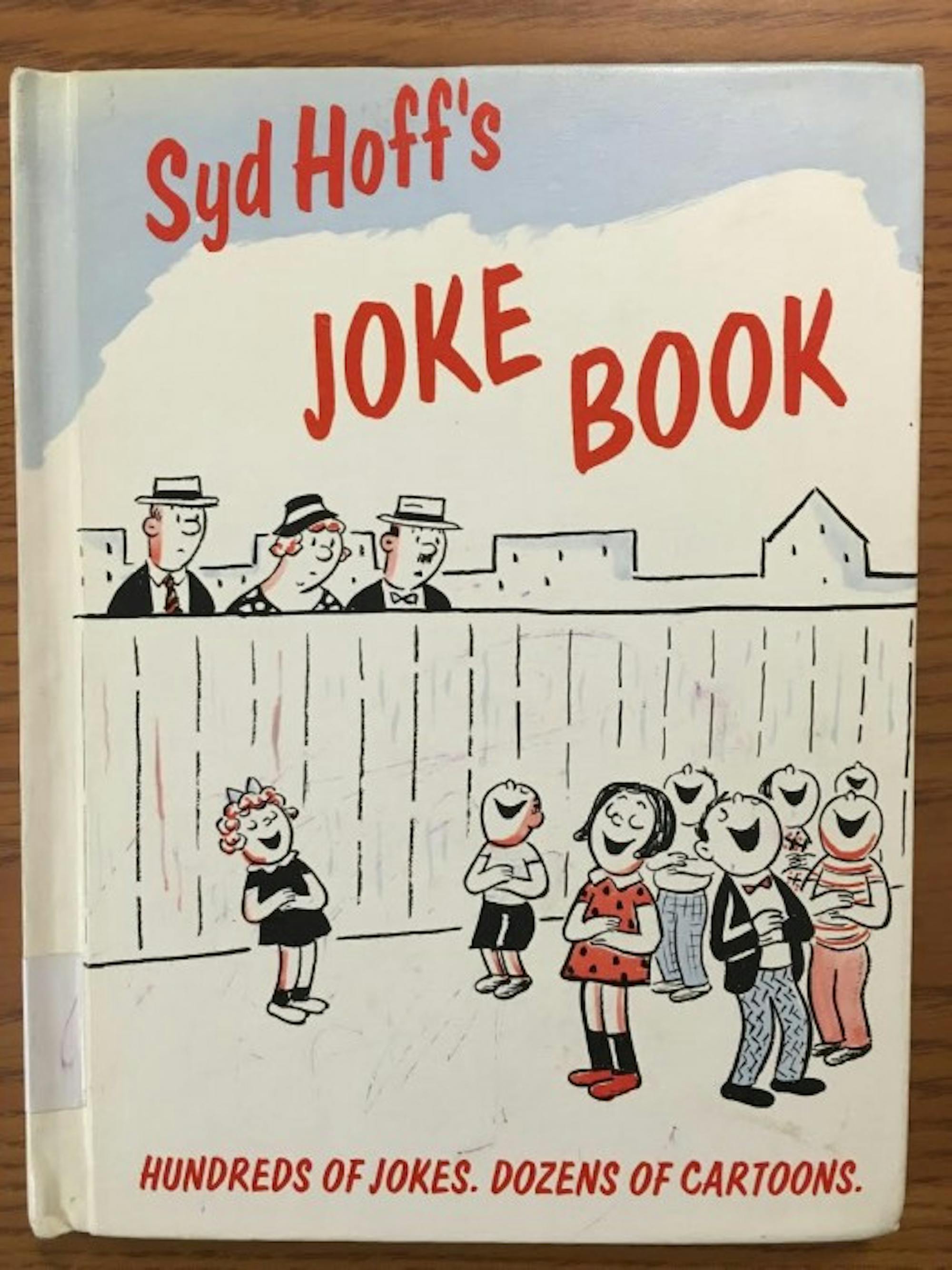
Judgment: In a world where a satirical news sitebrings in more money than the legitimate news outlets it mocks andfarce icons lead in presidential polls, comedy (as it’s understood) is anything but static. Yet, there is something so appealing about a simpler time in comedy, a time in which memes and Vines didn’t dominate the quick chuckle category, a time where knock-knock jokes weren’t supposed to be ironic.
Enter Syd Hoff’s “Book of Jokes,” a splendid look into the comedy of yesteryear. Amongst the dusty volumes of romantic poetry, leather-bound anthropological research journals and forgotten dissertation, Hoff’s “Book of Jokes” is bright respite for the eyes in “Club Hes” ninth floor. The colorful hardcover features a giddy cartoon display of children embracing the guttural impact of good, wholesome comedy, as a pack of confused adult onlookers attempt to partake in or, at the very least, understand the joyous merriment occurring in front of them. Such a scene beckons the reader to open the book, and when they do … boy oh boy.
Whether the cover of Hoff’s work is chastising the adult psyche for its abandonment of the naïve pleasures of childhood, or it’s simply signaling the book’s intended audience, I’m not too sure. Though I must say I’m leaning towards the latter, as the book’s curt but informative proclamation on the cover, “Hundreds of Jokes. Dozens of Cartoons.,” certainly seems to suggest as much.
Reality: After a quick peruse through the book’s musty pages, I was delighted with what I found. The image on the front cover is very telling of the experience waiting inside. Every single page of the 63-page book features an array of clean, innocent and hilarious zingers, and just about every other page displays a cartoon that will leave you rolling on the floor in tears. “Everyday I get a hole in one / In golf? / No, in one of my pairs of pants” Hoff writes, before transitioning to “What do you think of Goliath? / He was a giant in his field.” Ah, the good old days.
Erin McAuliffe — “The Magician’s Union”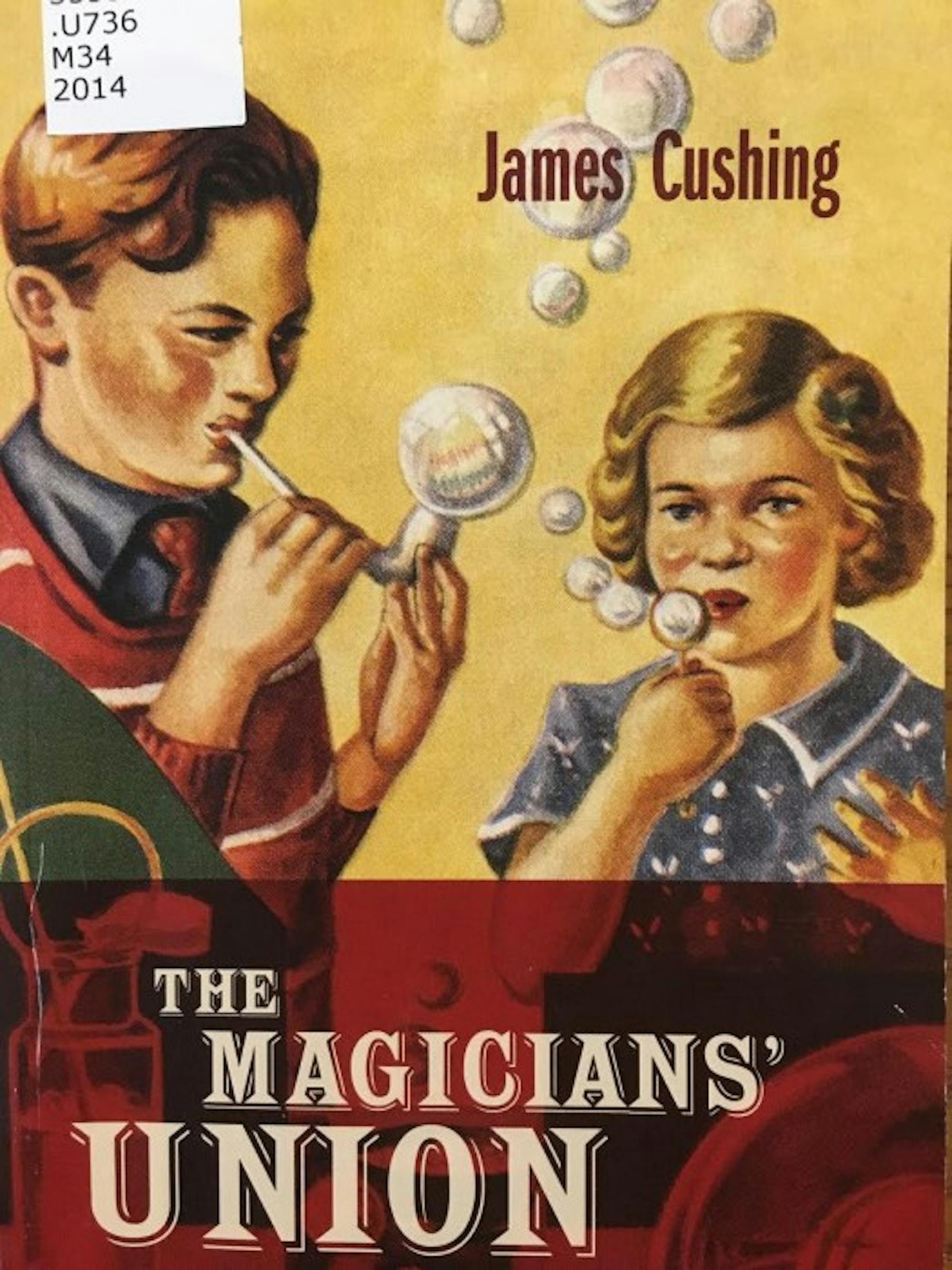
Judgment: This book is “The Cat in the Hat” had the cat never arrived. Left alone while their parents tour as part of The Magician’s Union (TMU), Rich and Mary are bored and unsupervised. Their parents have gone over the “don’t play with fire” rule before, so upon discovering the sleek ivory pipe their father left behind, they get creative.
Mary pulls out the bubbles she won at Chuck E. Cheese’s, and Rich sees an opportunity to pipe up. He dips the end of the ivory artifact in the cap of bubbles Mary has filled. They proceed to blow bubbles for hours, leaving the runny, iridescent residue spattered along the walls of their living room.
Rich and Mary search through their parents’ magic manuals for cleaning tricks, but decide to attempt anything that strikes their fancy, instead. After many silly endeavors into magic gone awry, the house is a wreck and their parents are set to return.
Down-trodden by The Magician’s Union rejection of their proposition to rebrand the magician’s iconic top hat, Rich and Mary parents’ disregard the mess when they arrive home — a relief to them.
Reality: This is actually a book of James Cushing’s poems from 2007-2012. His author photo on the back features him in a heathered gray T-shirt emblazoned with the quote, “We have to change to stay the same” layered under an oversized red flannel. His long white hair is pushed back by black Ray-Bans.
The first poem in the book is “The Year Nixon Resigned,” but the titles become seemingly less political and more surreal throughout (e.g. “Angels With Heavy Wooden Wings,” “Solstice Casanova,” “Scruffy Memorabilia”).
Although it is obvious this book will not have a “Magic Tree House” series storyline since it is a book of poetry, one poem, “Tangible Residue,” poses a possible link to my bubble debris debacle.
Jimmy Kemper- “A List of Motifs in the Lives of the Early Irish Saints” 
Judgment: The mysterious man on the cover of this ancient tome has a lot going on, but if we put on our Indiana Jones fedoras and look a little closer, we can get a pretty good idea of this enigmatic figure. First of all, there’s the strange creature resting on his shoulders that looks like a bat that came straight out of hell and crashed into a marshmallow Peeps factory. With companions this poorly drawn, our hero must be on some sort of quest in a faraway land.
Then there’s his awful haircut. If the mullet didn’t work in the 1980s, I can’t imagine it did much better in the 1180s, but at least we know our new friend came to party. I’m not entirely sure what gang sign he’s reppin’, but I’m betting he’s either in the Illuminati or a big Wu-Tang fan. The fact that he’s missing half of his right eyebrow lends further credence to the Wu-Tang theory; he probably lost it in some epic, post-plague rager put on by a time-traveling Raekwon. Heck, he’s apparently still in the middle of that rager between his “The Life of Pablo” pop-up shop party robes and his cupid shufflin’ feet. In short, this novel seems to be about a one-of-a-kind hero who is on an epic quest to throw down that lies somewhere between a Tenacious D ballad and “The Odyssey.” 5/5 shamrocks, would cherish like the holy grail.
Reality: This book is seriously just a directory of motifs in the lives of early Irish saints. Nothing more, nothing less. Probably the least interesting book I could have picked up. It’s basically just a grocery list for your Irish studies professor. 0/5 clovers, would avoid like the bubonic plague.



